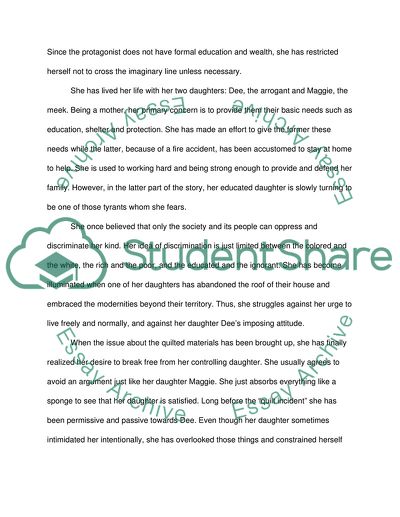Cite this document
(“An Analysis of Alice Walkers Everyday Use Essay - 2”, n.d.)
An Analysis of Alice Walkers Everyday Use Essay - 2. Retrieved from https://studentshare.org/literature/1618040-short-story-analysis-essay
An Analysis of Alice Walkers Everyday Use Essay - 2. Retrieved from https://studentshare.org/literature/1618040-short-story-analysis-essay
(An Analysis of Alice Walkers Everyday Use Essay - 2)
An Analysis of Alice Walkers Everyday Use Essay - 2. https://studentshare.org/literature/1618040-short-story-analysis-essay.
An Analysis of Alice Walkers Everyday Use Essay - 2. https://studentshare.org/literature/1618040-short-story-analysis-essay.
“An Analysis of Alice Walkers Everyday Use Essay - 2”, n.d. https://studentshare.org/literature/1618040-short-story-analysis-essay.


